We’re standing at the edge of official Tla’amin Nation lands, looking down at the historic neighbourhood of Townsite in Powell River. One of our guides, Qwastånayå (L. Maynard Harry), former Chief Councillor of the Tla’amin Nation, has just finished sharing the story of how the land behind us was returned to his people in 2008. Now Stewart Alsgard, former Mayor of Powell River, is pointing out the former locations of every hospital the town has seen over the last 120 years.
You can see them all from the top of the hill: the first was a tent, the second was a little house where Dr. Henderson lived in 1911, the third was a modest wood building called St. Luke’s, and the fourth once stood on the land that now belongs to the Tla’amin. Alsgard rattles off this history effortlessly, weaving in facts about the town’s geology, architecture and people as well as a few personal details that bring the old town to life.
“I was born in this hospital,” he says of St. Luke’s. Later he adds that the building was converted into a small business centre, including a barber — and yes, of course that’s where he got his hair cut as a boy.
Taking the Townsite Heritage Society tour with Alsgard brings an immediacy to the history, allowing us to see many layers of these lands at once: the mill that transformed the town in the early 1900s, once employed 3000 people and was down to a single employee when I visited in March 2022. The street names imprinted in the sidewalk which no longer match the modern street sign names, but still sometimes match the oak, elm and other trees planted 100 years ago. The modern Heiltsuk carving outside an Anglican church by Ivan Rosypskye, which includes a brick from an Indian Residential School. This land has changed dramatically in just 120 years, and the buildings share those layers of memory — with the help of two expert guides.
The next day I share the story of Alsgard and the hospital-turned-barbershop with Sheona Scott, owner and operator of Beyond Bliss Spa and Suites where I’m staying.
“Oh, the old hospital?” she says, before explaining that she and her husband were the ones who refurbished it into its current incarnation as an apartment building. Another layer added to the story.
Powell River is full of these happenstance connections. At dinner at Coastal Cookery with Sheona Scott, I notice Gary Shilling, Executive Director of the Powell River Film Festival, sitting at a corner table with the director of one of the films I saw the night before. On a hike through a flat, forested section of the Sunshine Coast Trail we run into Eagle Walz, who cut the 180km trail in the 90s with Scott Glaspey and literally wrote the book on Canada’s longest hut-to-hut hiking trail. Running into these local celebrities is one part small town, and one part magic. It’s just too perfect to be real.
Our hiking guide, Christine Hollmann of Terracentric Coastal Adventures, tries to tell us that this never happens. The trail is extremely quiet by Vancouver or Victoria standards, but she says it’s surprising that we’ve run into any other humans at all. And that it turned out to be the trail’s co-founder, well, that’s just Sunshine Coast spellbinding.
READ MORE: Adventure, arts or amusement: Powell River 3 Ways
A fine balance
With both Harbour Air and Pacific Coastal now offering daily direct flights to Powell River in addition to the ferry access from both Vancouver Island and Horseshoe Bay, tourism on the north Sunshine Coast feels set to take off. But the goal is not to turn the quiet community into a resort town. It’s a fine balance between sustaining the local economy and sustaining the environment — both natural and cultural — that make the place so special.
Many proprietors I spoke with during my visit were cautious about overzealous expansion. The Sunshine Coast Trail is as extraordinary as the world-renowned West Coast Trail, but no one wants to see the SCT get crowded with trail degradation, reservation fees and year-long wait lists. The pristine granite walls of the Eldred Valley are as inspiring to rock climbers as Yosemite, but what would happen if the remote valley was inundated with inexperienced adventurers who damage the landscape or create lineups at the crag? It’s important to attract the right kind of tourist, and to spread out visits beyond the busy summer months.
Over Sunday brunch at Magpie’s Diner, owner Maggie Thistle (whose late husband gave her the Magpie nickname) shares her perspective on the town.
“Coming here was a fluke,” she says.
It’s a common sentiment — many of the residents I met either visited Powell River and never left, or stumbled into a new profession after moving to town. Maggie started her restaurant after her career at the Kodak photography company came to an end. Sarah McClean and her business partner hoped to purchase a restaurant in Harrison Hot Springs, but when the deal fell through they retreated to Powell River to regroup — and ended up launching the first of three restaurants. Heidi Jackson transitioned from a vegan juice bar to a fried chicken diner (with gluten-free free-range chicken), and the community happily transitioned right along with her. Gary Shilling, Executive Director of the film festival, had a successful career in communications before moving to town and stepping up to help save the historic Patricia Theatre.
“You really feel the love in Powell River,” he says. “Powell River sees what you’re good at and supports you.”
The menu at Magpie’s Diner is a community effort, with meals from a variety of present and former staff members. The success of the restaurant is a community effort too, from the dedicated patrons who dine there week after week, to the quirky coffee mugs sourced from thrift stores by the savvy servers.
But like Powell River’s tourism sector at large, Maggie isn’t interested in growing her restaurant just for the sake of expansion. It’s open for breakfast and lunch but not dinner, even though many customers have asked her to extend the hours. Customers also asked to buy her vibrant homemade jam and other items as take-away products, but she decided that the extra cash wasn’t worth the extra hours of jam making. She is content with what she has; adding anything else would just make life hectic.
Sheona Scott, the spa owner, is a little more of a multi-tasker, but still prioritizes work-life balance. She runs the spa, makes her own skincare products and operates a seven-room boutique hotel, plus she’s recently become certified as a chocolatier. But she still sets her own schedule and emphasizes quality over quantity — if a neighbour asks her to make two dozen bonbons for an anniversary the next day, she’ll warmly explain that it’s just not possible to hand-paint that much chocolate in 24 hours. Building a successful business certainly requires hard work and sacrifice, but in Powell River it’s possible to find success without burning the candle at both ends.
Sarah McClean, co-owner of Coastal Cookery and Costa del Sol, is in the midst of finding a new balance. Her and her partner’s third restaurant, Culaccino, is closing its doors after five years in business. Demand was still high, but the hospitality employee shortage, years of pandemic challenges and other factors have taken their toll.
It’s clear from talking to her that closing wasn’t an easy decision, but the choice speaks to her love for her community and high service standards — quality over quantity once again. While chatting with her over carefully curated appetizers and cocktails, one of McClean’s servers carries a birthday cake over to an extended family table. The entire restaurant joins in to sing Happy Birthday. McClean says she’s missed offering that kind of service during the pandemic — it was like a piece of the restaurant’s soul was missing.
“It’s so nice to be able to offer that again.”
Reconciliation, before it was a buzz word
How will the region grow, while maintaining its integrity? The friendship between Stewart Alsgard, former Mayor of Powell River, and Qwastånayå, former Chief Councillor of Tla’amin Natioun, is a good example of the region’s ability to lead and innovate, using heaps of patience to find the middle ground.
“I didn’t really like Stewart back in the ‘90s. He’s a much different man today. That’s his journey. Stewart ‘gets it,’” Qwastånayå says. “One of our Elders actually said to him in front of his council meeting, ‘Stewart, you don’t get it.’ And for some reason that stuck in his head.”
After hearing that criticism, Stewart developed relationships with Tla’amin Elders to deepen his cultural understanding, including with Elder Norman Gallagher.
“When Norman passed away, Stewart attended Norman’s wake and funeral. But he brought his entire council. That’s leadership. They stood out — in my community of 400 people there were like six white people and he was one of them,” remembers Qwastånayå.“When the time came, (Stewart) went up to pay his last respects, and, something I’ll always remember is, he took off his Chain of Office and put it on (Norman’s) photo around the casket. And then he went and mingled with the Elders. That got the Elders’ attention.”
Three years later Stewart was given the Tla’amin name ‘Qoqoq’ (snow owl) in honour of his efforts to bridge the gap between Powell River and the Tla’amin Nation with humility and wisdom.
“Stewart was flying the Tla’amin flag at the viewpoint before ‘reconciliation’ was the buzzword we hear today,” Qwastånayå says.
“So I’ll deflate myself over here in the corner,” Stewart jokes, trying to deflect the compliment. Then he swiftly turns the conversation to highlight the landmark Community Accord between the Tla’amin Nation and Powell River, signed in 2003.
It’s far from perfect harmony, but Qwastånayå says it’s still the best Indigenous-settler relationship in Canada. Here’s hoping that spirit of cooperation continues as the town discusses a name change — away from Israel Powell, who oversaw racist policies including residential schools and potlatch bans, and towards something better.
How will the community navigate these name change discussions? How will the town find a stable tourist economy, while preserving its down-to-earth heart? The future is yet to be written, but if the past is any indication, Powell River will find a way. Not only have they forged a unique path towards reconciliation, they’ve also done their best to navigate a balancing act of forestry jobs and old growth preservation, and they’ve banded together— twice — to save the historic Patricia Theatre from destruction.
If any community can figure out how to manage crowds, sustain culture and preserve the environment while creating year round jobs in tourism, it’s here.

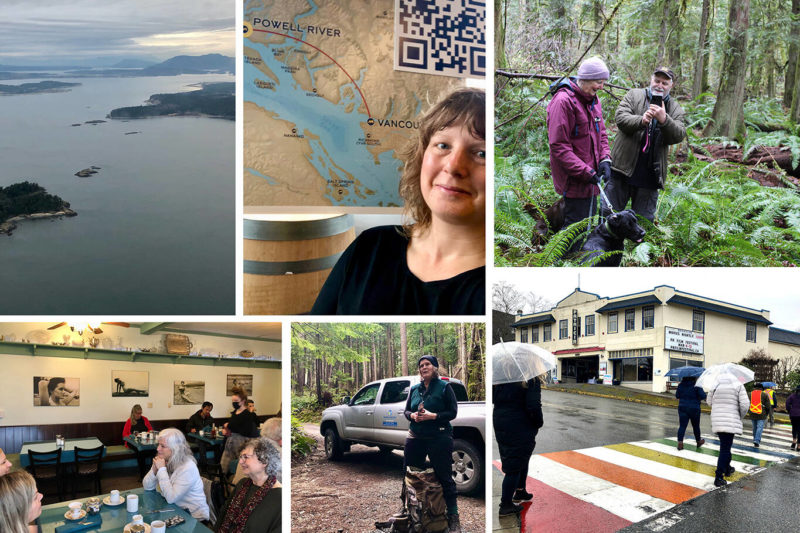
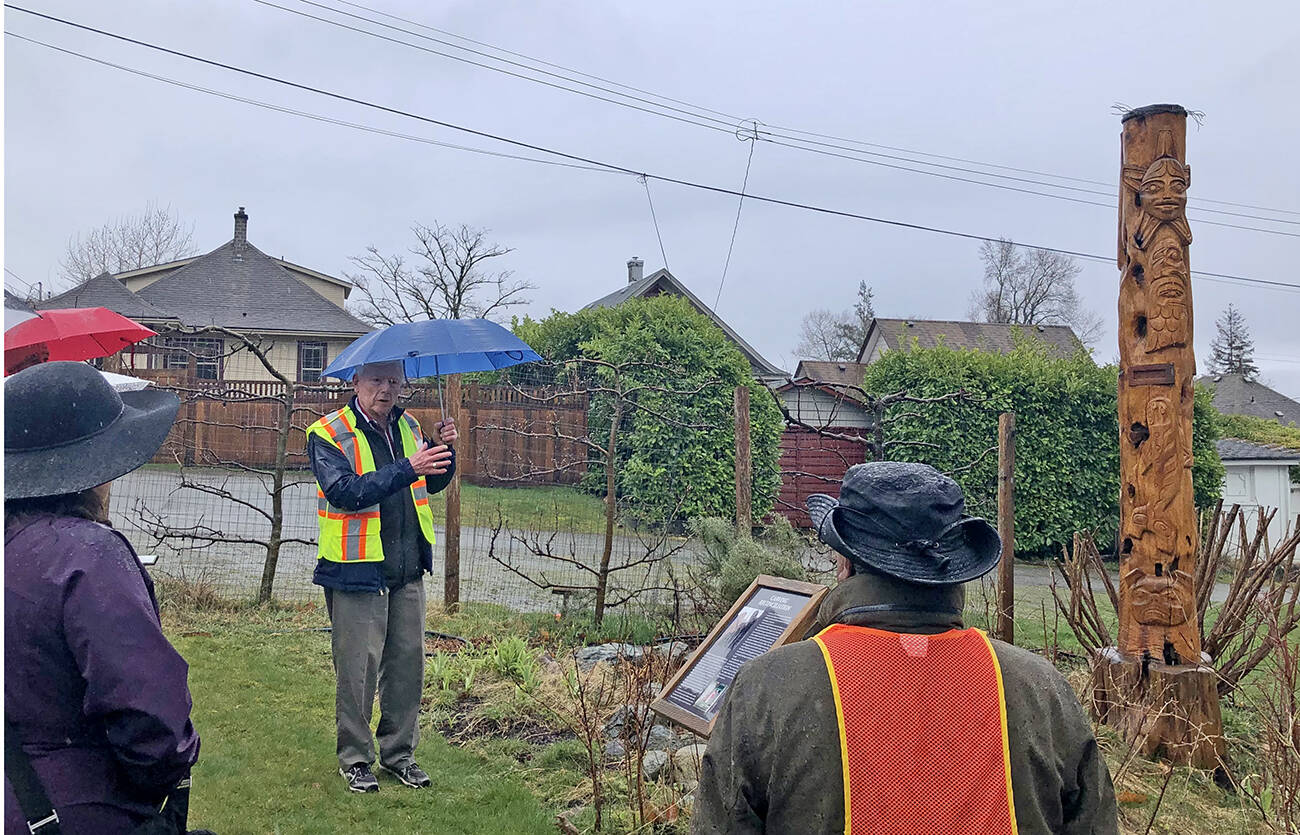
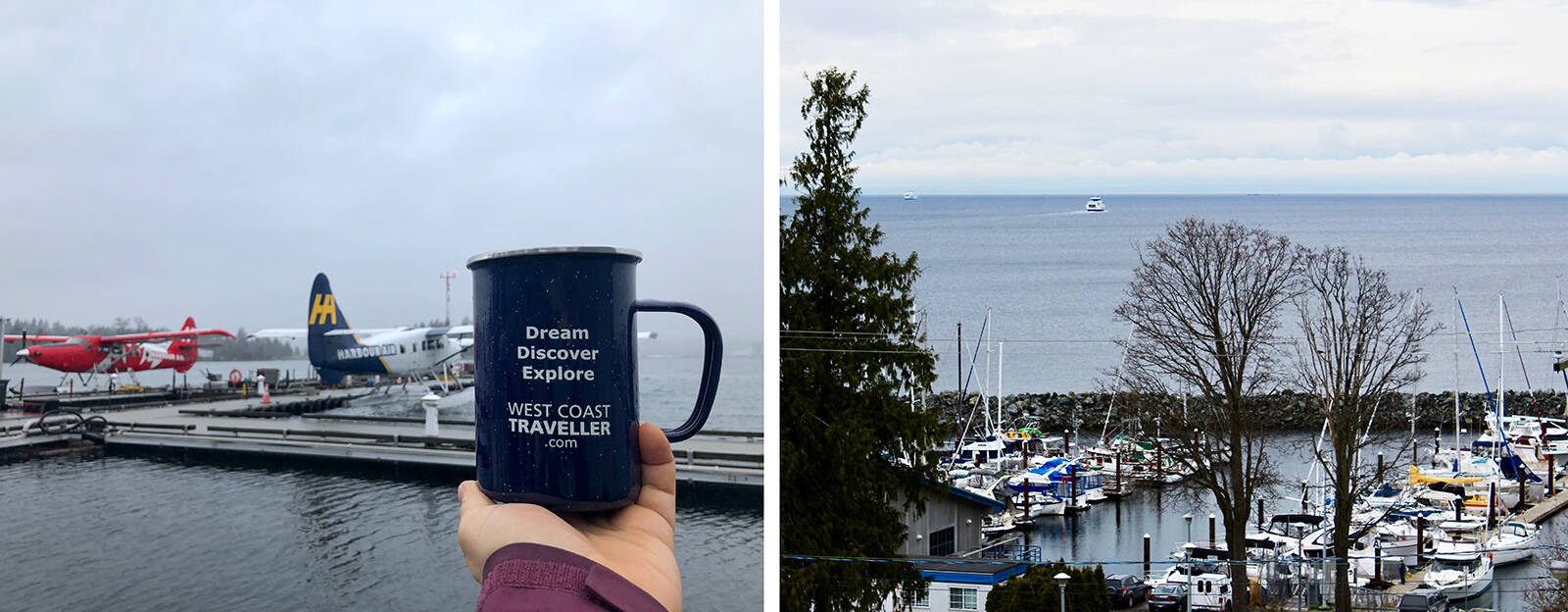
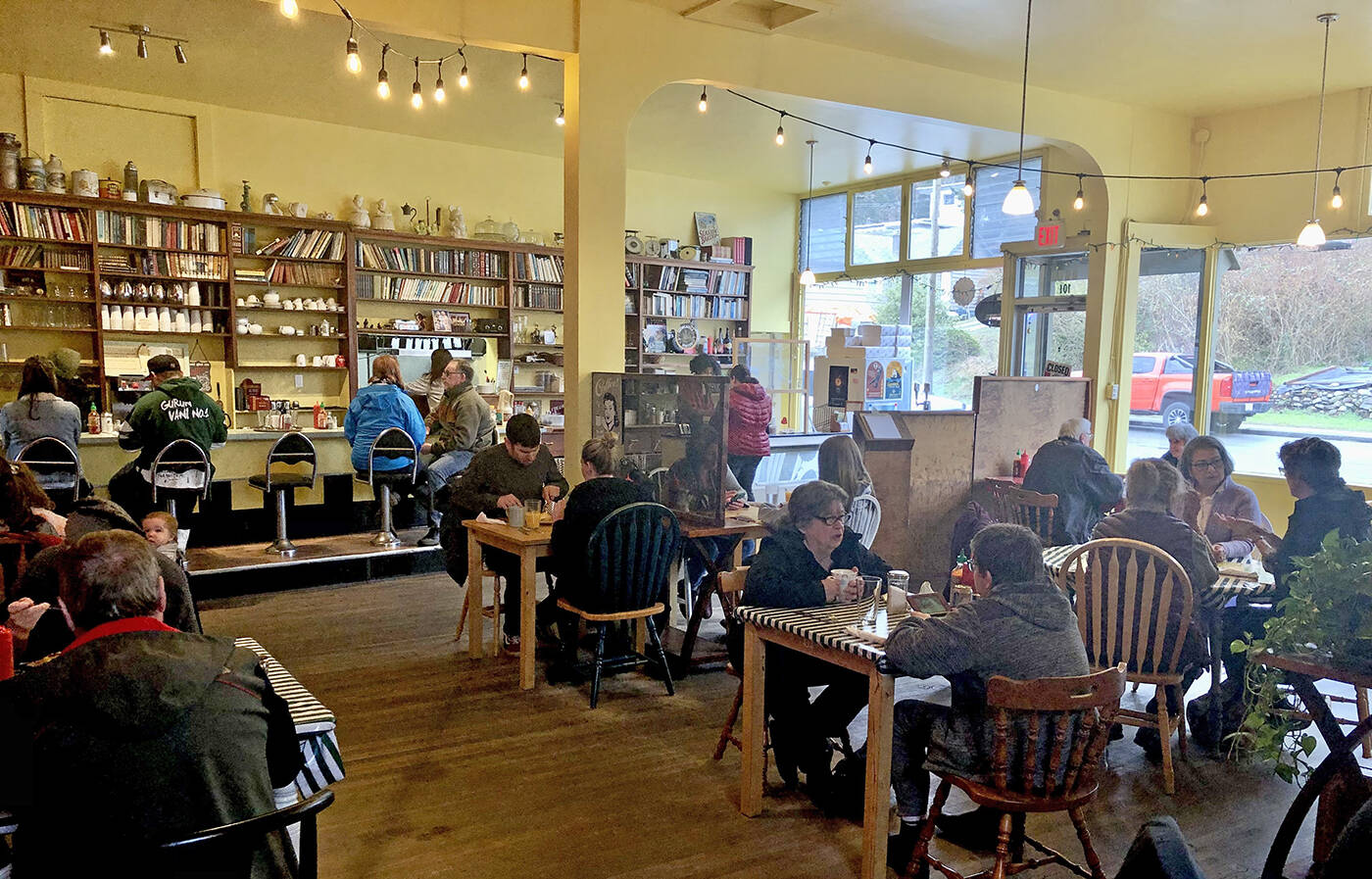

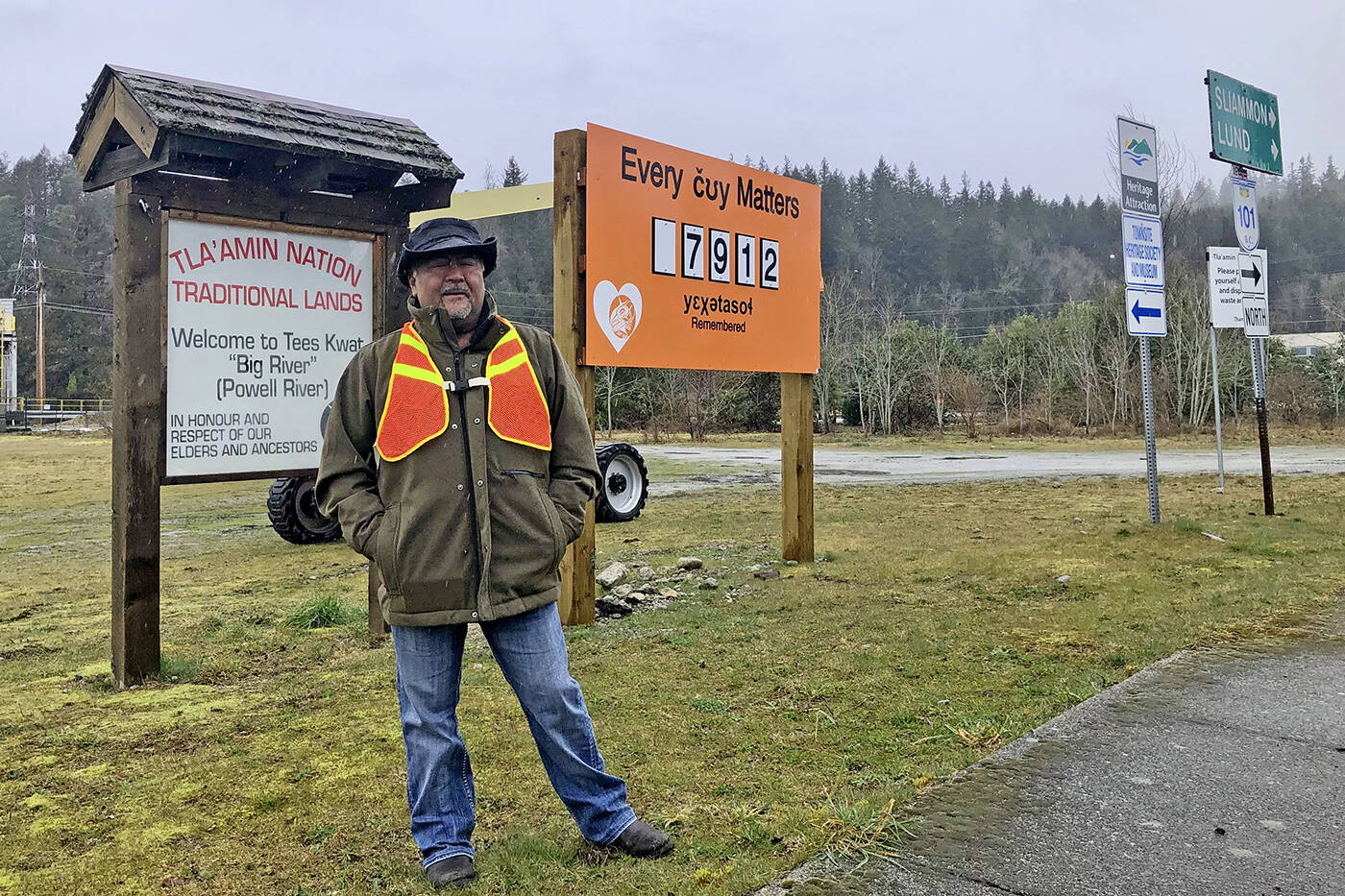









 Washington winemakers hopeful for successful year in Walla Walla Valley
Washington winemakers hopeful for successful year in Walla Walla Valley